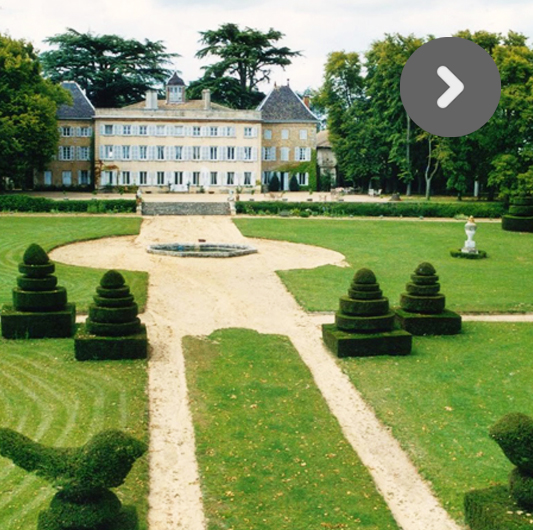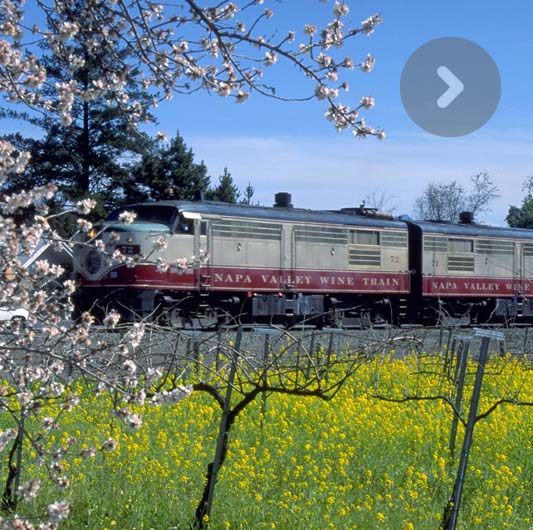Chablis
Vieux Chateau Vineyard, Daniel-Etienne Defaix
Daniel, a winemaker and oenologist, is a knowledgeable and passionate man. He is passionate about the Vieux Chateau’s vines, which have existed for eight centuries. He is passionate about traditional wine making methods already established in the sixteenth century. It was in the eighteenth century that his ancestor, Etienne-Paul du Jour de la Croix de Faix, decided to set up his business in the footsteps of the Pontigny monks through whom the Chablis appellation was born. 26 hectares of Chardonnay on the steep slopes of the south east hills, produce marvellous vintages such as two Chablis blends from old and very old vines, three Chablis first growth and two Chablis Grand Cru. The Chablis Grand Cru Grenouilles 2003, produced from old vines, is a wine full of sensuality, rich, round with a very delicate nose. It can accompany crayfish and caviar without any problem. Tel.: +33 3 86 42 42 05 www.chablisdefaix.com
Cravant
A small medieval market town, along the Nivernais canal, dominates the Monteloup vineyards. During the hundred year war, Cravant was witness to a terrible battle in which the troops of French King Charles VII were massacred by the Anglo-Burgundy army.
The Keep. Built in the thirteenth century, it was used as a prison, watch tower, and lord of the manor dwelling depending on the needs of the time. When the owner is present, one can visit the Gothic hall. It is now listed as a historical monument.
Saint Peter and Saint Paul’s Church. Begun in the ninth century, and re-built in the sixteenth century, it is typical Burgundy architecture with its three storied bell tower.
Domaine Viticole Daulnes. In 2007, Jean-Michel Daulnes, a wine grower and producer, was awarded a gold medal for his Saint-Bris, a white wine which can be tasted and bought at his property. Open every day except Wednesday and Sunday. Tel.: +33 3 86 42 20 97
Atelier Pierre Juland. A famous painter who was the student of Gromaire and Lurçat. His workshop is open to visitors at the weekend by appointment. Tel.: +33 3 86 42 23 08
Vermenton
Abbaye de Reigny. Abbot Etienne de Toucy, a Clairvaux monk, founded the abbey in 1128. The Abbey was put under royal protection by Charles V before becoming a Royal Foundation under Charles VII. The fourteenth century Cistercian dining hall with its double bay nave is one of the rare examples in existence. Monks room and dormitories, outbuildings and dove cot make an impressive block of buildings to visit. The Abbey has since become a guest house, and has welcomed such prestigious guests as Coco Chanel or the Duke of Westminster who used to come and hunt in the Reigny forest. Receptions, seminars, festivals and concerts are also organised throughout the year. Visits of the Abbey from May to October. www.abbayedereigny.com
Arcy-sur-Cure
Les Grottes. The underground caves in Arcy-sur Cure are made up of a collection of caverns dug out more than 200 000 years ago. An important site for the study of the Palaeolithic age, displaying over 140 cave paintings works. Paintings in red, where animals tend to dominate the scenes and rare and exceptional hand imprints. Visits from end March until mid November. Tel.: +33 3 86 81 91 63 www.grottes-arcy.net
Chateau de Chastenay. Better known under the name of Château de Lys, this castle is situated at the crossroads of the old Roman road Agrippa and the path to Compostello. It was said to be an important site for medieval alchemy, built as from the fourteenth century by Girbaud d’Arcy. Nowadays one says it is haunted by a mysterious Lady in white, and the current owner, Gabriel de la Varende, adds that the ghost is none other than one of the Scottish ancestors. Tel.: +33 3 86 81 93 41 www.coeurdelyonne.com
Voutenay sur Cure
Auberge Le Voutenay. Laurent Poirier has set up his restaurant in an eighteenth century town house. In winter one can enjoy the huge fire place, in summer a sheltered terrace, it is THE place to stop for a gourmet meal between Auxerre and Vézelay to try out local produce. Vermonton lentils, Lucy sur Cure honey, Saint Bris wines, poultry from Précy Le Sec, and last but not least Clamecy small sausages made from chitterlings. All of Burgundy on one’s plate. 8 Route Nationale 6. Tel.: +33 3 86 33 51 92

Saint Père-sous-Vezelay
L’Espérance de Marc Meneau. Today a three stared Michelin restaurant, it was formerly the café and grocery store owned by the chef Marc Meneau’s mother. The reputation of this establishment needs no further heralding; it is part of the Relais and Chateau chain. Tel.: +33 3 86 33 39 10.
Sacy
Domaine Pascal Brulé. Pascal who hails from the Champagne region, came to oversee the wine making plant on Marc Meneau’s 15 hectare estate at the request of the latter, he remained there until 2002. Little by little, he formed his own vineyard and now has 25 hectares in Sacy. He has been awarded many prizes, in particular for his Bourgogne Vézelay Blanc le Clos, with vines planted in 2004 opposite the house where Rétif de la Bretonne was born. He has three cellars and a barn where he brings on his wine and in which he receives friends and visitors alike from around the world. Tel.: +33 3 86 81 66 13
Saint-Sauveur en Puisaye.
Le château de Colette. Socialite and author, Colette whose real name was Sidonie Gabrielle Colette, was born in Saint-Sauveur in 1873. She remained here for the first 17 years of her life before moving to Paris with her husband Willy. Novelist, regional specialist – many of her works were inspired by her childhood living in the country in Burgundy and the vineyards therein, one such work was a collection of short stories entitled Les Vrilles de la Vigne. A museum dedicated to her opened in 1995. It presents ‘The World According to Colette’, a whole era, with film projections on her life, a photographic exhibition and a literary café where her books are on display. Tel.: +33 3 86 45 61 95 www.centre-colette.com










